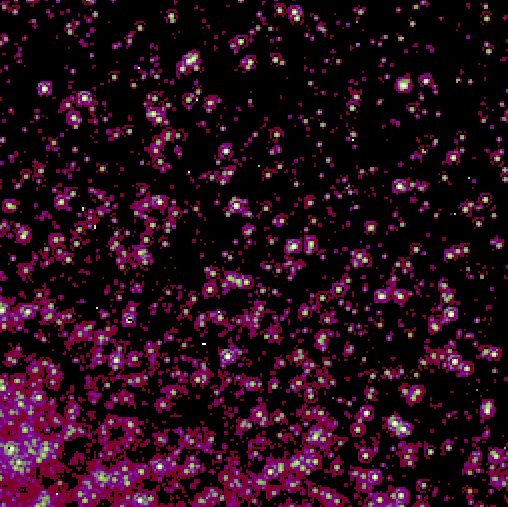
The Observability of Abundance Ratio Effects in Dynamically Hot
Stellar Systems, by J. Serven, Guy Worthey, and Michael M. Briley,
ApJ, submitted.
Manuscript: serven.ps,
serven.pdf.
Readable version of Tables 2 and 3:
table23.ps,
table23.pdf, and plain text version
table23.txt.
Related to this paper are the data tables associated with Houdashelt
et al. 2002, BAAS 201, 14.05, who computed the same synthetic Lick/IDS
indices as Tripicco & Bell 1995, but with (1) the WO97 Balmer indices
added, (2) TiO line lists added, and (3) a [C/M] enhancement of only
0.15 dex to avoid the nonlinear effects of having the C/O ratio
approach unity. These tables have not been published in a journal, but
they are valid, useful calculations that should be freely shared. Here they
are, smoothed to the WO97 variable resolution, in ascii format.
Cool Dwarf
MS Turnoff Star
Giant
M31's Heavy Element Distribution and Outer Disk, by G. Worthey, A. Espana, Lauren A. MacArthur, and Stephane Courteau. Astrophysical Journal, submitted. Manuscript: m31.ps , m31.pdf
Balmer and Metal Feature Absorption Gradients in M32, by
G. Worthey, 2004, Astronomical Journal, 128, 2826.
+ Preprint (one column, big figures, 23 pages):
[ps], or [pdf].
+ Preprint (two columns, small figures, 16 pages):
[ps], or [pdf].
Extra plots:
H beta versus metals.eps,
H delta A versus metals.eps,
H gamma A versus metals.eps,
H delta F versus metals.eps,
H gamma F versus metals.eps,
Table of all index measurements (text),
Table of smoothed index measurements (text version of Table 1),
Table of smoothed index measurements (text version of Table 2).
The Mg-sigma Relation and the Genesis of Early-Type Galaxies, by G. Worthey & M. Collobert. 2003 Astrophysical Journal vol. 586, p. 17. Resource Page: (manuscript, big figures, extra figures).
The Metal Abundances of NGC 188 and NGC 6791 from Low Resolution Spectra, by G. Worthey & Kelly J. Jowett, 2003 PASP, vol. 115, p. 96. Download the manuscript (paper.ps or paper.pdf) and the data in Table 1 (data.ps or data.pdf).
A project I am working on at the moment is measuring infrared brightnesses of stars in local group elliptical galaxy M32 using the Hubble Space Telescope's NICMOS camera. The stars pictured here are 2 million light years away!

How bright are these stars? How many of them are there? What is their elemental composition? These are the questions we can tackle with images like this one.